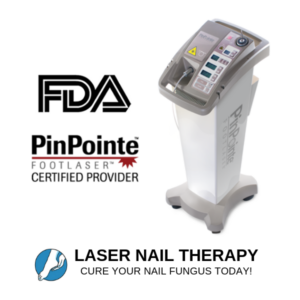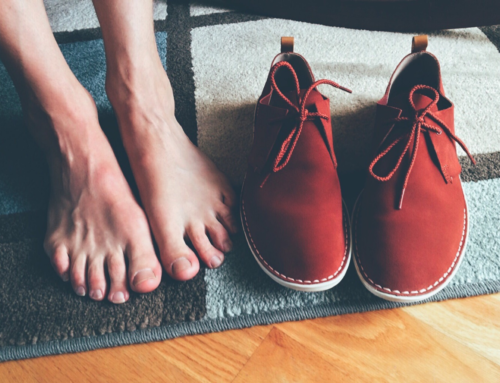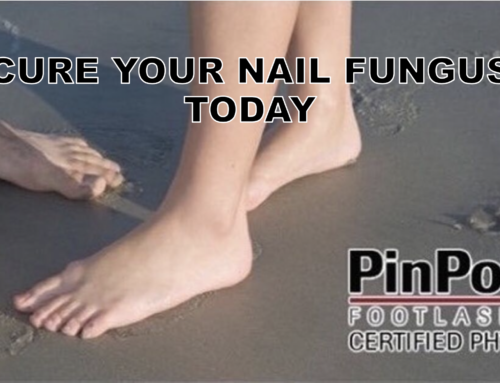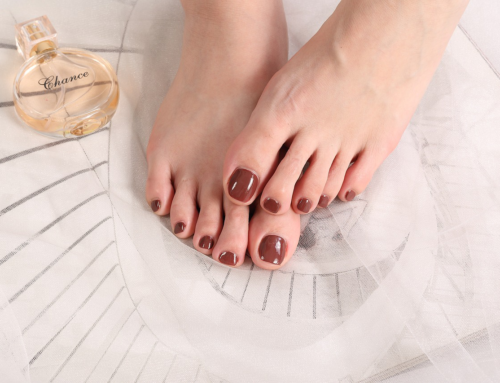Toenail fungus with bleach is not recommended for treatment. Many people might think that since bleach is a strong chemical, it might kill the fungus, but it does not. Toenail fungus with bleach has the potential to cause severe damage to all parts of the toe and foot, and should be avoided at all costs. Our nail doctors do not recommend this treatment at all, as it can be very dangerous.
DIY toenail fungus bleach may seem like an attractive thing to try because there are a few blogs online. These articles might claim it is a valid treatment option. However, the people who are recommending this improper use of bleach aren’t licensed medical professionals. They also aren’t giving you all of the information you need to know. One huge reason bleach should not be used on toenail fungus is the lack of research done. Also, you should be alarmed that this treatment will never be recommended by a foot doctor.
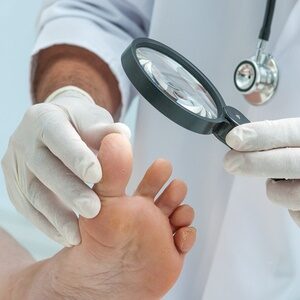
Effectiveness of other at-home treatments for toenail fungus
Actually, all at-home treatments for toenail fungus will be minimally helpful for the condition. Proper medical consultation and care from a licensed podiatrist will always be a better option than trying something at home. Many other at-home treatments are also extremely dangerous. They also don’t have any research backing them at all and are likely to cause damage to your body. Medical professionals like podiatrists as well as the actual manufacturers of bleach, do NOT recommend trying this out. Performing this dangerous treatment, you are likely to cause more harm than good!
Bleach Treatment at Home
Bleach treatment may seem like a simple thing to try because there are articles online that claim it is a valid treatment option. However, the people writing these articles are not licensed medical professionals. There is a lack of proper medical, clinical research for bleach treatments at home. Bleach has very strong chemicals that can lead to chemical burns and severe irritation of the skin. Bleach is not meant to be used on the skin, as it clearly states on the labels on the bottle. People might think that because it has strong chemicals that it will kill the fungus on their nails. As a result, people might end up doing more harm to their nails and surrounding skin. Bleach is used for cleaning bathrooms and kitchens, and areas that are very dirty.
The chemicals in bleach can help with very tough grime stains and remove dirt from many surfaces. Although bleach can be very helpful with cleaning, it should in no way be used to treat toenail fungus. Toenail fungus treatment with bleach can cause different levels of damage, which depend on multiple factors, including how long the bleach was on the skin. Chemical burns develop into a more severe condition as the chemical and the skin touch for a longer period of time. More concentrated bleach will also increase the level of burn significantly as it becomes more and more concentrated. Bleach should only be used for cleaning materials, not infections developed on people.
Bleach is NOT a cure
When claiming bleach to be an effective means of treatment, people often cite the fact that bleach is used as a very powerful disinfectant for surfaces, objects, and medical equipment. However, this logic fails to realize that fungi simply sitting on surfaces is very different from an active infection on your body. Contrary to popular belief, the fungal infection does not originate on the nail itself, but underneath the nail on the nail bed. For bleach to be an effective means of treatment, it would need to be able to reach the nail bed. This is the exact reason that topical ointments are so ineffective at treating nail fungus. If not treated effectively, nail fungus can worsen over time and spread to other parts of the body.
However, the effectiveness of bleach is only a secondary concern. The primary reason that you should never even attempt this hack is that bleach is very harmful to the body. In fact, it can cause corrosion of the skin and is extremely toxic.
Just because the use of bleach is ineffective does not mean that there is no solution to your problem, however. Treatment is available for toenail fungus, but just like with any other medical condition, you should turn to a licensed doctor for medical advice rather than the internet or word of mouth. Our doctors are experts in treating nail fungus.

How dangerous can chemical burns be?
Varying degrees of damage and chemical burns will result from putting bleach on the skin. One major reason a chemical burn from bleach will be more severe is the time bleach is on the skin. If your skin comes into contact with bleach, rinse it off completely and thoroughly as soon as possible to minimize contact time. Do the first rinse with a stream of running room temperature water. Then rinse the area for at least 5 minutes additionally. After rinsing for this length of time, you should wash the area with soap as well to remove any last traces of the harmful chemical.
What should you do after bleach makes contact with your skin?
If you have come into contact with bleach, whether by purpose or fault, you will need to immediately assess the harm. After you remove the bleach from your skin by rinsing and washing it, assess how the skin looks. If it is mildly irritated and not in pain, you can wait and see if the condition improves without medical attention. Serious chemical burns include pain/redness that doesn’t qualify as mild but may also involve blistering. It may also include pus formation, throbbing pain, and emanating red streaks from the source of the burn. If you have pain, irritation, or any of these other symptoms, your skin will need to be evaluated by a doctor immediately.
Laser Treatment for Nail Fungus
If you have caught nail fungus, it can be easily treated using the FDA-approved PinPointe laser, which typically only takes one treatment. Other treatments, such as topical solutions and oral medication, are not as effective. Topical solutions have a very low cure rate. This is because the solution does not penetrate all the way through the nail bed. This is because it can lead to liver toxicity. You would need to have consistent blood tests throughout the course of taking the medication.
Our nail doctors recommend this treatment for Toenail Fungus. The PinPointe Laser treatment has the highest cure rate in the market. It has no side effects and no recovery period. As a result, you can go about your daily activities right after the treatment. Also, it is not painful.
If you have any signs of nail fungus, call us at (800) 672-0625 or visit our website for more information on our doctors at one of our over 150 locations.
